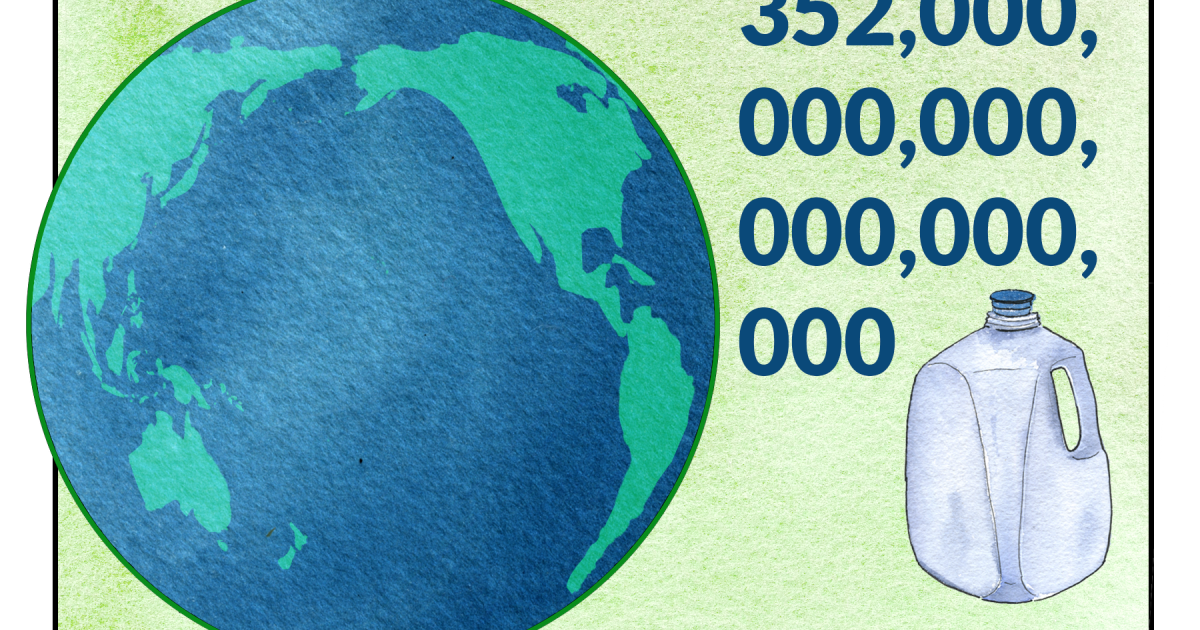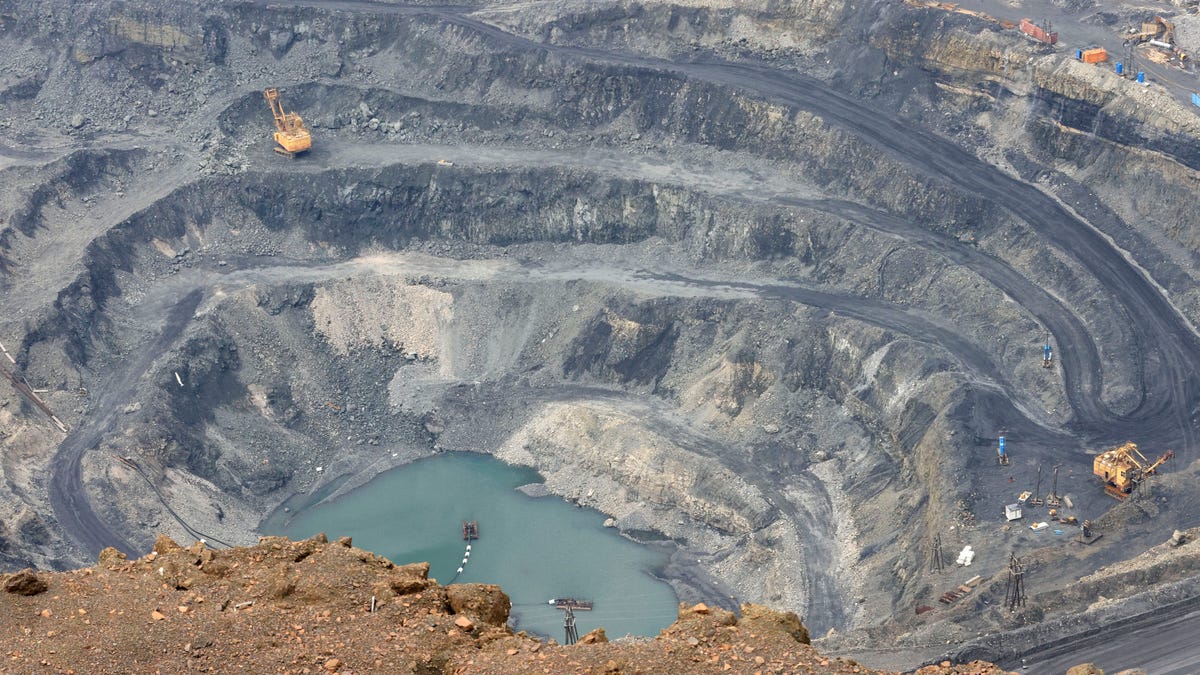Missouri_Mike
Diamond Member
- Nov 5, 2012
- 24,123
- 15,651
LMAO! It just washes up on shore? Any child with a sand bucket can gather up some Lithium?Tired talking point is tired. There is 180 BILLION tons of lithium in our oceans. No mining required.




